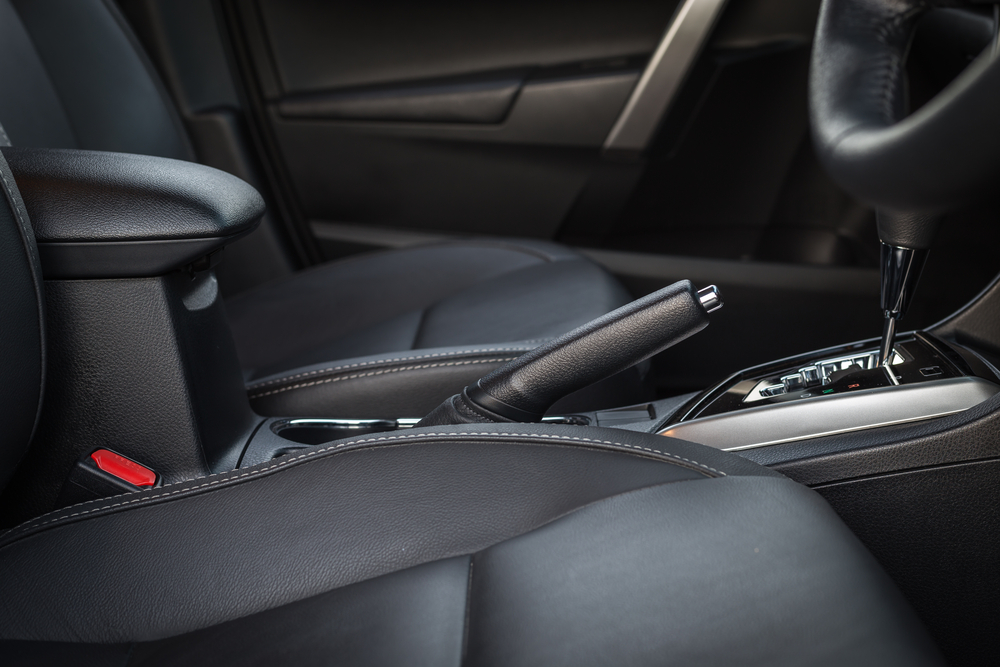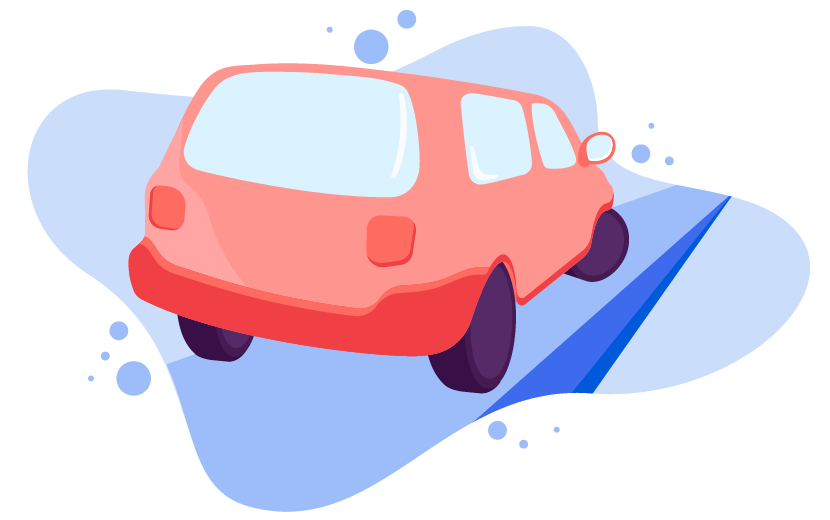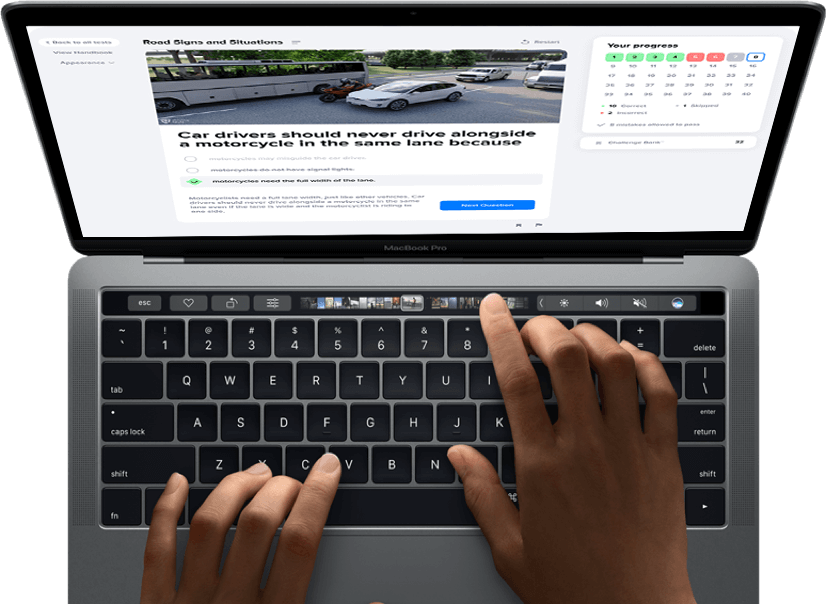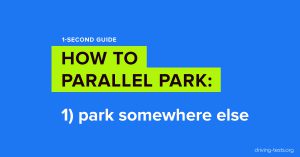Uphill parking, downhill parking and in fact any parking on a hill takes special considerations compared to parking on a level surface. Because of the incline or decline, there are additional risks involved, such as the car's brakes failing and rolling into oncoming traffic. Making sure you know how to park on a hill safely will help build your driving confidence and ensure you don't get any parking tickets for uncurbed wheels.
You're reading one of our "Beginner Driver's Guide" articles. Need to practice for your upcoming exam? Take our free sample driving test - no registration required! ✨
7 Steps for Safe Hill Parking
- 1
Pull Into the Spot
Pull forward into the spot you intend to park your car in. If you are parallel parking on a hill, first, park your vehicle as you normally would. Pay attention to the fact that your car will roll downhill and keep your foot lightly on the gas pedal or brake to control the car while parking.
- 2
Shift to Park or First Gear
After you have positioned your car into a parking space, shift your car into first gear if it has a manual transmission or into park if it has an automatic transmission. Leaving your car in neutral or drive will increase the risk of it rolling backwards or forwards.
- 3
Engage the Emergency Brake
Next, apply your emergency brake.
Using your emergency brake is the best assurance that your car will not roll when parked on a hill.
- 4
Turn Your Tires
Before you turn off your vehicle, you must turn your tires. It is important to turn your steering wheel before turning your vehicle off so you can turn the wheels with power steering. Turning your wheels acts as another backup if your brakes were to fail for some reason. If your emergency brakes fail, your car will roll into the curb instead of the roadway, avoiding a serious accident or major damage.
Parking Downhill with a Curb

When parking downhill, make sure to turn your wheels toward the curb, or to the right (if parking on a 2 way street). Roll forward nice and slow until the front of your front tire gently rests against the curb, using it as a block.
Parking Uphill with a Curb

When parking uphill, make sure to turn your wheels away from the curb, or to the left (if parking on a 2 way street). Roll backwards nice and slow until the back of the front tire gently rests against the curb, using it as a block.
Parking Without a Curb

If there is no curb available, whether you are parking downhill or uphill, turn your wheels to the right. Since there is no curb, turning your wheels to the right will cause your car to roll forward (parked facing downhill) or backwards (parked facing uphill) off the road.
- 5
Exit Your Vehicle Safely
Always use extra caution when exiting your vehicle when you are parked on an incline or decline since other motorists may have a difficult time seeing you as they zoom by.
- 6
Prepare to Leave
When you are ready to exit a parking space on a hill, apply your brakes before deactivating your vehicle's emergency brake to prevent rolling into the car behind or in front of you.
- 7
Pull Out of the Spot
Make certain that you check your mirrors and look for approaching traffic. Gently step on the gas quickly after letting off your brakes and slowly drive out of the parking spot.
If you remember to apply your emergency brakes and turn your wheels properly, you can be assured that your vehicle will be safe and that you won't get a ticket!
A Note on Electric and Hybrid Vehicles
If you drive an EV or hybrid, hill parking works differently:
- EVs have no "neutral creep" - they won't roll backward as easily as gas cars, but you should still use the parking brake.
- Some EVs automatically apply the parking brake when you put the car in Park and open the door.
- Regenerative braking helps slow the car when going downhill, but it doesn't replace proper parking technique.
Always check your owner's manual for model-specific parking procedures.
Free DMV Practice Tests
- Alabama
- Alaska
- Arizona
- Arkansas
- California
- Colorado
- Connecticut
- Delaware
- District of Columbia
- Florida
- Georgia
- Hawaii
- Idaho
- Illinois
- Indiana
- Iowa
- Kansas
- Kentucky
- Louisiana
- Maine
- Maryland
- Massachusetts
- Michigan
- Minnesota
- Mississippi
- Missouri
- Montana
- Nebraska
- Nevada
- New Hampshire
- New Jersey
- New Mexico
- New York
- North Carolina
- North Dakota
- Ohio
- Oklahoma
- Oregon
- Pennsylvania
- Rhode Island
- South Carolina
- South Dakota
- Tennessee
- Texas
- Utah
- Vermont
- Virginia
- Washington
- West Virginia
- Wisconsin
- Wyoming




